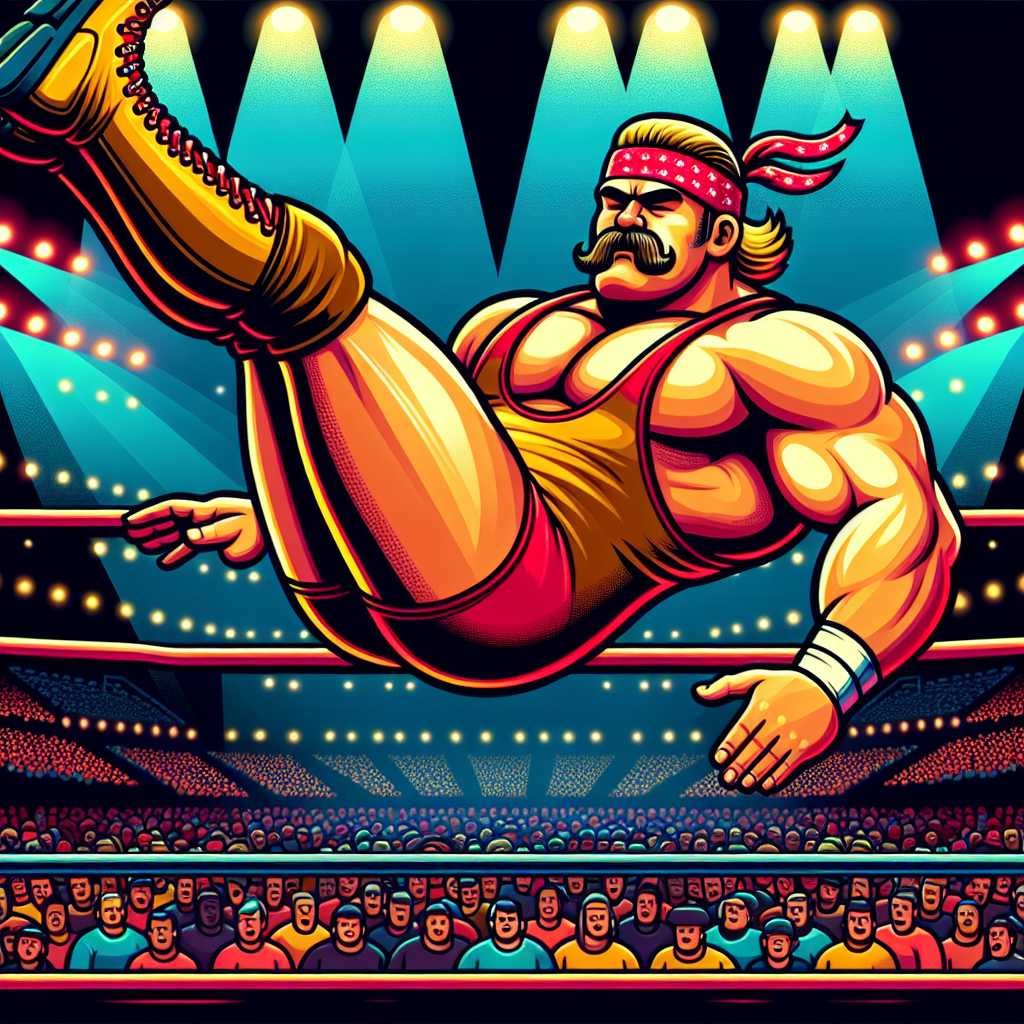Example Article
The Rise of Hulk Hogan: Wrestling’s First Global Superstar
Hulk Hogan, born Terry Bollea, emerged as a transformative figure in professional wrestling during the late 1970s and early 1980s. His charismatic presence, distinctive look with the iconic yellow and red attire, and catchphrases such as "Whatcha gonna do, brother?" helped him transcend the wrestling ring into mainstream entertainment. Unlike many contemporaries, Hogan’s appeal was built not only on his physical prowess but also on his ability to connect emotionally with fans.
The expansion of cable television and the rise of the World Wrestling Federation (WWF) in the 1980s provided the perfect platform for Hogan’s explosive popularity. His character epitomised the all-American hero archetype, a figure who embodied strength, perseverance, and moral clarity at a time when audiences craved larger-than-life heroes. This era saw Hogan headline some of wrestling’s most pivotal events, including the inaugural WrestleMania in 1985, which catapulted professional wrestling into a new realm of cultural relevance.
Hogan’s success also paved the way for wrestling to be perceived as sports entertainment rather than just a niche athletic contest. He was instrumental in bridging the gap between wrestling and pop culture, appearing in movies, television shows, and commercials. This crossover appeal helped to broaden wrestling’s fanbase significantly and established Hogan as one of the first true global superstars of the sport.
Character Reinvention: From Hero to Villain and Beyond
One of Hulk Hogan’s most significant contributions to wrestling entertainment was his ability to reinvent his character. For over a decade, Hogan was synonymous with the heroic “face” role — battling villains and championing justice inside the squared circle. However, in 1996, he shocked fans worldwide by turning "heel" (villain) and forming the New World Order (nWo) faction in World Championship Wrestling (WCW).
This heel turn was revolutionary; it redefined wrestling narratives by introducing a more complex, edgy persona that resonated with changing audience tastes. Hogan’s nWo character was brash, rebellious, and self-serving—traits that contrasted sharply with his previous image. This evolution demonstrated Hogan’s versatility as a performer and his acute understanding of evolving entertainment trends.
The success of the nWo storyline revitalised WCW during its ratings war with WWF and influenced modern wrestling storytelling techniques. It proved that even an established icon could adapt to maintain relevance in a rapidly shifting industry landscape. Hogan’s ability to oscillate between heroism and villainy has since become a blueprint for wrestlers seeking longevity in their careers.
Hulk Hogan’s Impact Beyond Wrestling: Media and Cultural Influence
Beyond his in-ring achievements, Hulk Hogan has had a profound influence on popular culture and media. He was one of the earliest wrestlers to leverage his fame into diverse entertainment ventures—starring in films like "No Holds Barred" (1989), hosting reality TV shows such as "Hogan Knows Best," and launching merchandise that included action figures, clothing lines, and video games.
Hogan’s visibility helped normalise professional wrestling within mainstream media outlets during a period when it was often dismissed as lowbrow or fringe entertainment. His approachable personality off-screen softened public perceptions and helped demystify the sport for new audiences. Moreover, Hogan’s distinctive persona influenced generations of performers across various entertainment genres who sought to emulate his larger-than-life charisma.
Despite controversies later in his career that complicated his public image, Hogan’s early contributions laid important groundwork for wrestlers becoming multi-platform entertainers. His pioneering role in branding himself beyond the ring remains instructive for athletes seeking to build enduring legacies.
Legacy and Lessons from Hulk Hogan’s Career
Reflecting on Hulk Hogan’s career offers valuable insights into both the opportunities and challenges faced by public figures navigating fame within dynamic cultural landscapes. His journey from regional wrestler to global icon underscores the power of personality combined with strategic media engagement.
Hogan demonstrated that adaptability is essential; his successful character reinventions allowed him to stay relevant across different eras of professional wrestling. However, his career also highlights how personal controversies can impact legacy—reminding us that public figures are scrutinised not only for their achievements but also their conduct outside their professions.
Ultimately, Hogan’s influence on professional wrestling and popular culture is undeniable. He helped transform wrestling into a form of entertainment that blends athleticism with storytelling and theatricality—a model still prevalent today. His story serves as both an inspiring tale of stardom and a cautionary example about managing fame responsibly.
Notes
- Hulk Hogan headlined five of the first six WrestleMania events.
- His New World Order heel turn in 1996 is considered one of wrestling’s most influential moments.
- Hogan’s merchandise sales were among the highest for any wrestler during the 1980s.

